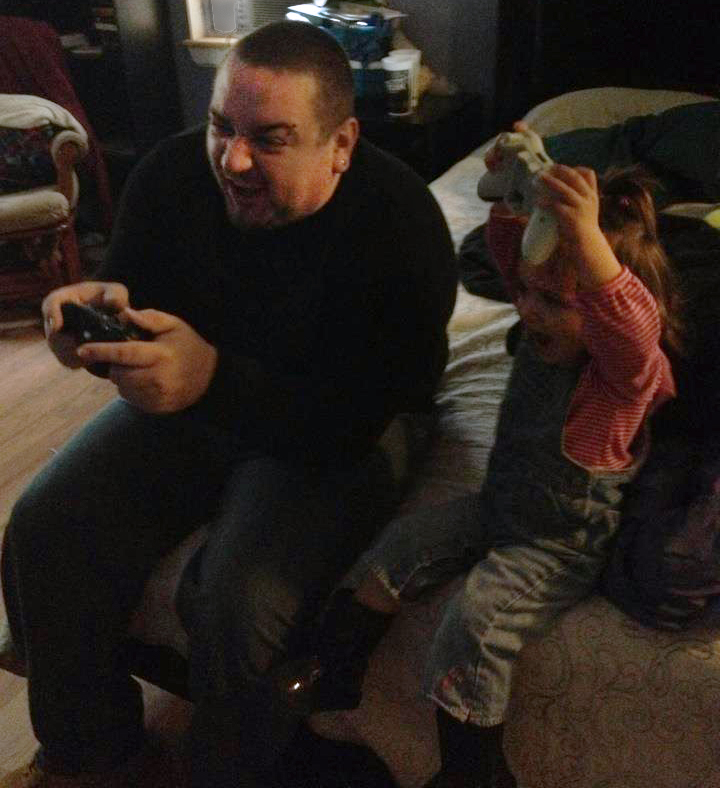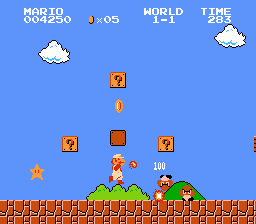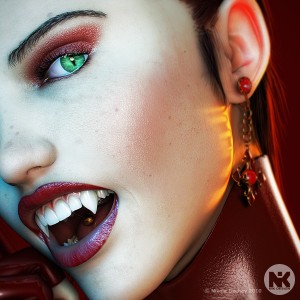
Our latest squid spotlight shines on Product Support superstar, Chris Briere. As with many of our Squids, the path to a career within the digital arts industry began with a fascination for video games. Known around the office as “Briere” due to an overabundance of Chris’s, this Chris was guided by a good woman to pursue a degree in line with what he loves (and we’re so thankful that she did).
What’s a day in the life of Chris Briere like?
Wake up at 4:50am, pick up Kevin Alimia on my way. Arrive at the office at 6am, work on personal models from 6am to 9am. Convert models and work on basic support from 9am to 5pm. Get off of work and usually get home for 6-6:30pm. Eat dinner with my wife and child, watch TV, sleep, repeat!
Got a favorite thing about working for TurboSquid?
I love walking into the office and feeling like I belong. Being greeted by fellow colleagues and discussing everything under the moon, TS related or not. We are a very large family here and everyone knows everyone. I love working for TurboSquid. Another thing is dealing with the most incredible 3D artists in the world! These artists are around my age and can produce work that I can only dream about. Dealing with customers also has its perks, working with people from different major markets and helping them reach their deadlines. Sometimes customers show their final products and I can sit at my desk feeling accomplished, knowing I helped make that production possible.
Absolutely. I hate to say this, but I learned more working in Product Support than I did in college. Creating models in college, you can have triangles/Ngons and get a decent grade. Not in the real world. Customers want clean topology, something they can edit on the fly. Also when converting models, clean topology is key to a successful conversion. I make sure that the models I create are CheckMate certified and are easy to work with. . . . I learned at TurboSquid that triangles are frowned upon and Ngons are unforgivable . . .
How’d you get into 3D?
Ever since I was 5, I had a fascination with video games. I would play Mario (the original, of course) until my fingers were raw and had to resort  to playing on my dad’s Commodore computer. In 2000, my family purchased our very first computer with Windows ME (yeah, I know now). That’s when I started researching how games were made and how I could create my own. Unfortunately, at the time, I didn’t have money to throw down on expensive software or a new computer, so I gave up.
to playing on my dad’s Commodore computer. In 2000, my family purchased our very first computer with Windows ME (yeah, I know now). That’s when I started researching how games were made and how I could create my own. Unfortunately, at the time, I didn’t have money to throw down on expensive software or a new computer, so I gave up.
In 2005, I was leaning toward going to medical school to study sports medicine. I wanted to be a physical therapist. My junior and senior year in high school, I took on more classes in Biology and Physics. After graduation, I took the summer off to get out and relax from school. Big mistake! That’s when Katrina hit. I lost all hope and wanted to give up—and then I met my fiancée. She made me go to school. Since I didn’t know what I wanted to do or what I wanted to achieve, my fiancée started to question me what my interests were. I told her video games. She set me up an appointment with ITT Tech to see what the game design program had to offer. Now I’m a graduate with a bachelor’s in Digital Arts and Game Design.
Anything you specialize in?
Actually, I have a few. I can box model pretty well in 3ds Max, and I usually texture and add materials to whatever I make in Cinema 4D. Here is what I have available so far.
I’m very good at converting models. It is a hidden art, and not many people can do it successfully. Yes, you will get some models that don’t go from program to program, but it’s very rare.

What’s your favorite model on TurboSquid?
I have to say my favorite model is artist Nikola Dechev’s Vampirella 3D model.
Just look at the first 360 turntable, and you can see why. He animated the character to lunge at the camera with the teeth extracting. Amazing. I love his work and what he does with his models to promote them.
Just can’t get enough of what life at TurboSquid is like? Check out our infographic depicting a day in the life of a TS Programmer.

